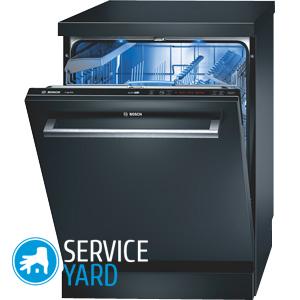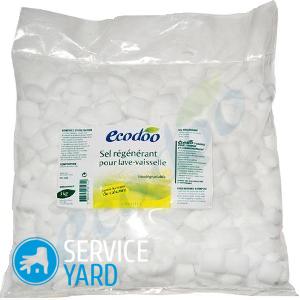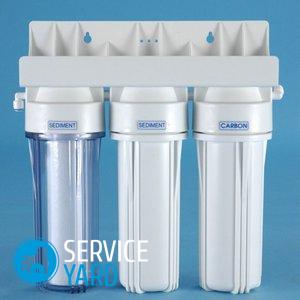Dishwasher does not dry dishes

Dishwashers are firmly rooted even in the compact kitchens of those with relatively average wealth. And this is not in vain, because thanks to such a convenient technique, the daily routine process of washing dishes has become a mere trifle. Each dishwasher has a drying function. With its help, the dishes become either completely dry or remain only slightly moist. It depends on what type of drying is used in the device. But if you take out completely wet plates and pans after completing the work of the “assistant”, there is quite a logical perplexity - why the dishwasher does not dry the dishes and what to do now. The answer to this question and methods of solving the problem for different types of systems can be found in this article.
to contents ↑Condensation drying
This option is the easiest. Primitive technology is used:
- When very hot water is used during washing and rinsing, steam forms.
- Then it appears on the walls of the unit, turns into condensate and flows down onto a special tray.
Owners of dishwashers with this type of drying are recommended to plan the process at night, as it is very long. But in the morning you can find completely clean kits.
to contents ↑Important! A huge plus of this technology is the saving of electric energy, because it is not spent on drying dishes.
Turbo dryer
This option is considered the fastest and most effective:
- When the dishes are already clean, special fan heaters are activated.
- The dish is blown by a stream of warm air, which leads to the rapid evaporation of moisture.
to contents ↑Important! The main advantage is the speed of the process. But at the same time a significant amount of electrical energy is spent. This is a payment due to the high power consumption, but it can be considered its payment for comfort.
Intensive drying
This modern technology combines the qualities of condensation and turbo drying. The principle of its work is as follows:
- Air intake from outside to inside the machine through a special hole.
- The hole is located in the place on the housing where the pressure drop has a maximum value.
- So drying is due to temperature differences. After air intake, air circulates, due to which the dishes become dry and moisture turns into condensate.
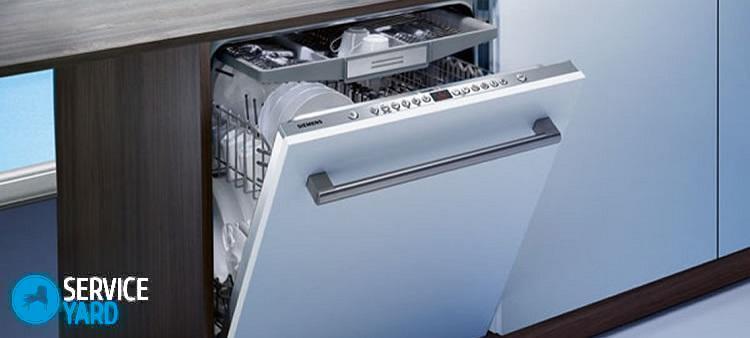
Is it worth the alarm?
The dishwasher does not dry the dishes, a few drops of water remain on it, but at the same time it is clean - do not worry. Most often, such devices use condensation drying, which is not the most ideal. Hot water, which is used to rinse, then settles in the form of condensate on the walls of the unit.
to contents ↑Important! Metal dishes have the same temperature as the walls, so condensation can also form on it. This must be understood and not panic ahead of time. The formation of drops on ceramic or glass dishes is not critical either.
Common breakdowns
Of course, if the dishes remained not only wet, but also dirty - the dishwasher not only did not dry the dishes, it could even break. Let's consider what the main malfunctions can be.
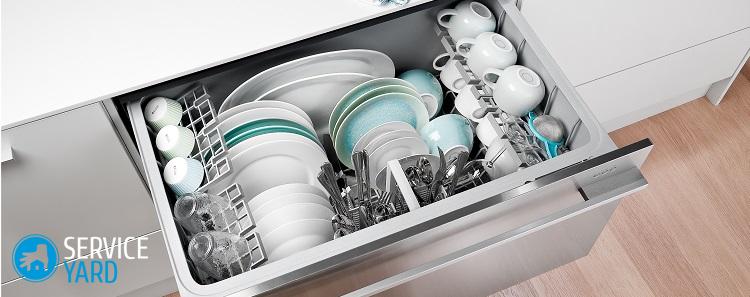
Failure of the heater and temperature sensor
If such elements break down, they only need to be changed.
Important! Those who want to independently determine the failure of the heater, need to be able to use a multimeter.
Most often, the installation site of the flowing heater is the lower part of the dishwasher. To check it:
- The unit is turned over and the bottom part is removed.
- After detecting the heating element, it is necessary to check its operability, and if there are problems, replace it with an original spare part.
Important! To further reduce the risk of problems with the heater, use the information and rating in our special article to water filters.
If the temperature sensor is in working condition, with its help the operation of the heating element is regulated. If the dishwasher does not dry the dishes, the cause may be the breakdown of this part.
Important! In this case, the heater does not receive a command and does not turn on, sometimes it is possible to stop the process at the washing stage.
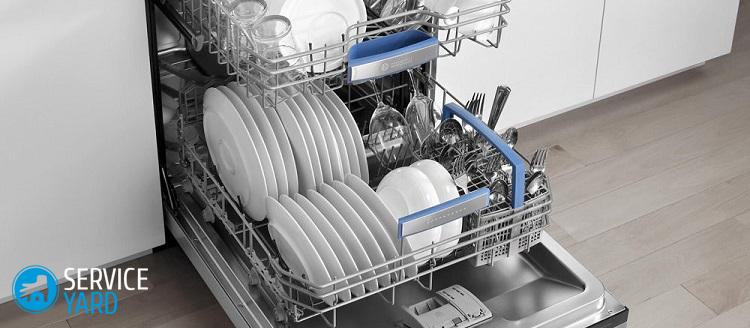
The location of the temperature sensor is the chamber into which water is collected. Next to it is often a water purity sensor. To replace you need:
- Take out the wires.
- Get the defective sensor.
- Install a new spare part.
- Assemble the car and run the test.
Fan and relay failure
Often the relay that is located on the control board breaks. Usually it is placed in the door, for disassembling which you just need to unscrew a few bolts.
Important! To replace the relay, you must be able to use a soldering iron. If such skills are absent, it is better to contact specialists.
If the fan suddenly breaks, it also changes, it cannot be repaired. It is quite simple to determine its inoperative state: during operation, characteristic noise is not heard.
Important! Most often, the location of the fan that pumps hot air is the side wall, so to replace it, you will have to disassemble almost the entire unit.
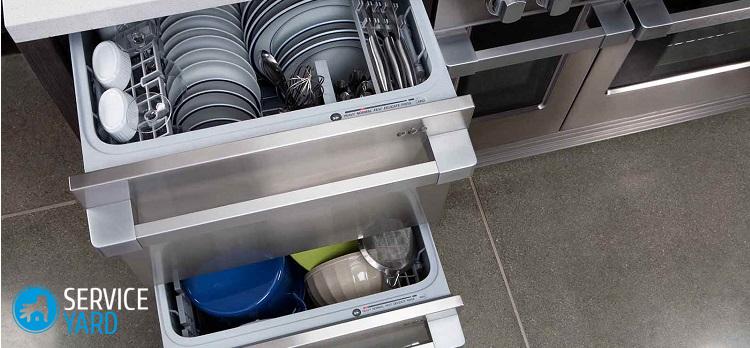
Prevention
In order for the dishwasher to serve as long as possible, several conditions must be met:
- The machine should be used for its intended purpose - do not use it for washing unusable dishes, for example, industrial products or thin plastic. Also, in order not to provoke malfunctions and mechanical breakdowns, read about how to place dishes in the dishwasher.
- Be sure to use special pills or powder for dishwashers.
Important! If you use a conventional dishwashing detergent, a huge amount of foam forms and the dishes do not rinse.
- Be sure to use a special anti-scale salts.
- Dishes containing large waste products: pieces of bread, bone, etc., are not loaded into the dishwasher.
- Switching on is carried out only according to the instructions; forced switching cannot be used.
- The dishwasher should be connected to a separate outlet with a filter, which will help to avoid voltage surges.
to contents ↑Important! Do not forget that every equipment needs prevention, and a dishwasher is no exception. Use our instructions to quickly cope with the task with regular dishwasher cleaning.
Stock footage
If you properly and carefully treat the dishwasher, it will become a daily assistant. Washing dishes will no longer take a lot of time, in addition, water will be saved.




